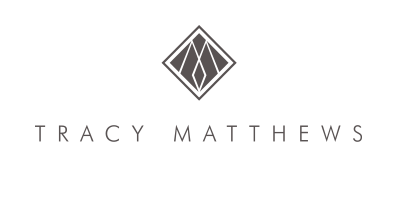Bookkeeping for Restaurant Owners: A Comprehensive Guide
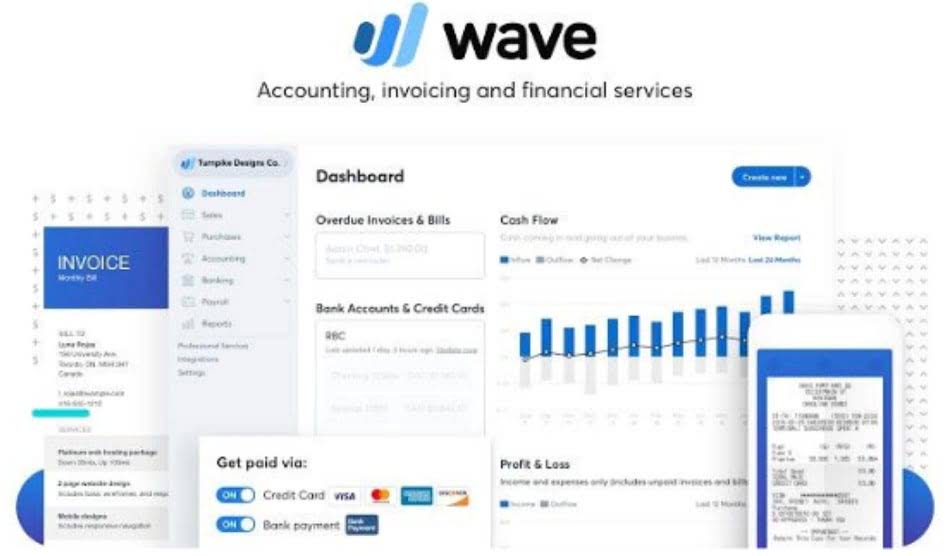
This ratio can be calculated on an hourly, daily, or monthly rate, and will give you insight into how much your restaurant costs to run. Payroll can be challenging in the restaurant industry, as tracking employee hours can be quite complicated. It’s common for staff members to have multiple wages and positions, so the ability to adjust for different rates is critical. Restaurant accountants are trained to compile data precisely and purposefully. They can analyze your financials and identify operational flaws, unnecessary spending, and trends to pay attention to long-term.
What’s a good Food Cost-to-Sales Ratio to aim for?
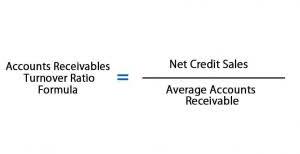
In contrast, variable costs fluctuate with your restaurant’s activity, restaurant bookkeeping for dummies including ingredients and labor. In the realm of restaurant bookkeeping, understanding the fundamental difference between fixed and variable costs is pivotal for effective financial management. Fixed costs remain constant regardless of your restaurant’s sales volume, encompassing expenses such as rent, insurance, and equipment leases. At its core, this process revolves around meticulously tracking financial transactions to ensure a seamless financial operation. From recording sales data through a POS system to managing payroll and supplier payments, every financial aspect demands precise attention. If you’re a business owner or an employee who manages finances, the latest edition of Bookkeeping For Dummies is for you.
The role of a restaurant accountant
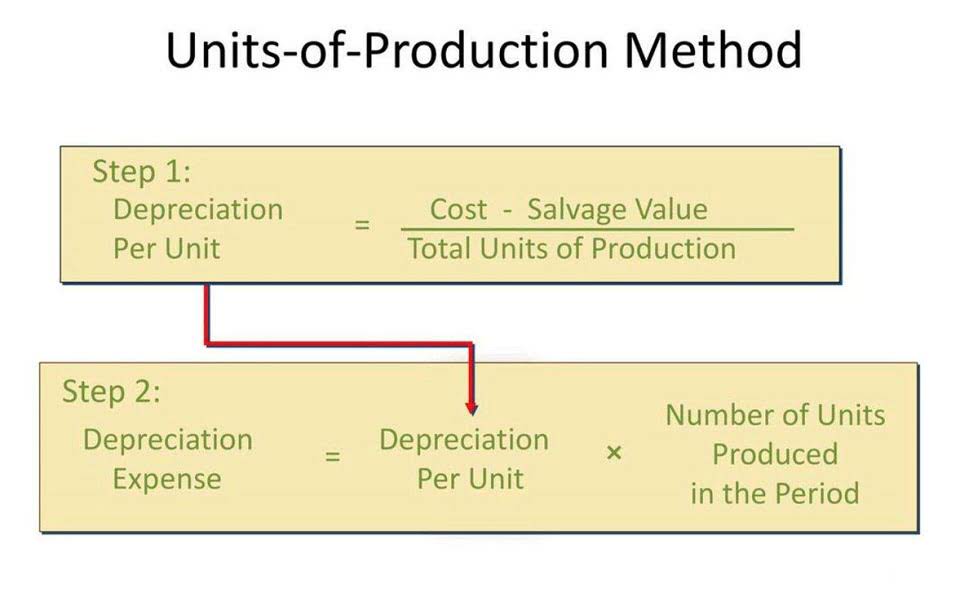
With the advancement of technology, automation is now recognized as an important factor in payroll process optimization, promoting employee happiness and overall operational efficiency. To establish credibility with investors and creditors, restaurants that are seeking additional funding or investment must maintain reliable accounting records. Even the most prominent restaurants have a risk of failing in the absence of precise accounting. Gaining expertise in restaurant accounting is fundamental to your success as a restaurateur, irrespective of your experience level. It’s crucial to regularly review your financial reports to track the progress of your initiatives and ensure they’re positively working towards your goals. If something isn’t working, make any necessary adjustments to your plan to stay on track.
- This means, understanding the difference between occupancy expenses and operating expense are ‘Yugely’ important for restaurant owners to know (Trump joke).
- Restaurant owners and managers are so busy and they get used to jumping up to greet a customer, handle an issue or take a phone call.
- Calculating and tracking food and labor costs empowers you to optimize menu prices, manage inventory efficiently, and make well-informed staffing decisions.
- It is therefore imperative to your success that you strive for precise inventory counts at all times.
- Bookkeeping, however, is used to summarize all financial transactions into the three main categories which are assets, liabilities, and owner’s equity.
Streamline Your Restaurant’s Workforce Management with Shiftbase
For bookkeeping the breakeven point, subtract variable costs from the price and divide fixed costs. You can go from novice to pro by digging into the basics of your restaurant accounting. If you do this, you’ll be able to better communicate with your accountant… and discover practical ways for running your restaurant more efficiently.
Payroll
A sole proprietorship is a simple form of business where there is one owner. However, for accounting purposes the economic entity assumption results in the sole proprietorship’s business transactions being accounted for separately from the owner’s personal transactions. The book value of an asset is the amount of cost in its asset account less the accumulated depreciation applicable to the asset. The book value of an asset is also referred to as the carrying value of the asset.

R365 Accounting Demo
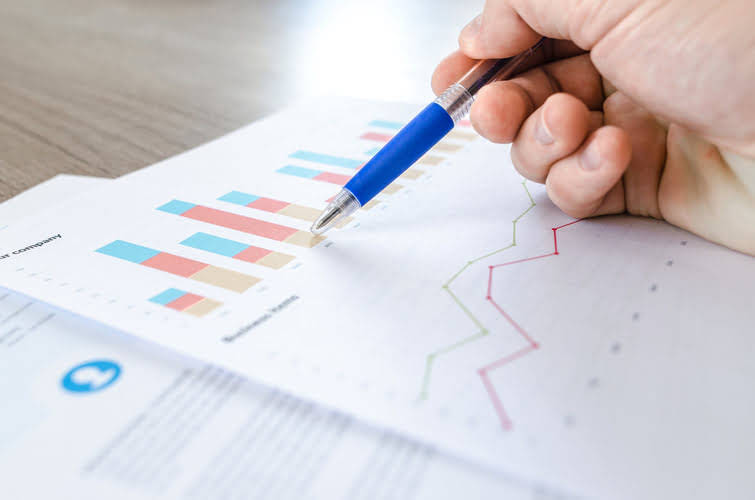
Beyond food and labor, there https://www.bookstime.com/articles/what-is-a-tax-refund are various operating expenses that you must account for to keep your restaurant afloat. However, restaurants still must consider tips in their accounting process. Restaurant employees must report tips to you and both you and your employees are required to pay taxes on them.
- Getting the recommendations of other successful restaurateurs can help you determine if you’re prepared to handle accounting issues on your own, or whether you should consider hiring an outside firm.
- Similarly, the amount not yet allocated is not an indication of its current market value.
- Then on the next line, the account to be credited is indented and the amount appears further to the right than the debit amount in the line above.
- Imagine managing a prosperous restaurant, where the surrounding environment is filled with the aroma of mouthwatering cuisine, visitors continually walk in, and the ambience vibrates with energy.
- A POS system is a lifesaver in restaurant accounting because it lets you see real-time sales data.
- Net profit is one of the most important things that an accountant or restaurant owner pays attention to because it is a crucial form of information.
- Menu price forecasting is the process of predicting how many customers will be ordering your dish on a particular day, week, or month.
- It’s where you have the biggest opportunity to avoid accounting mistakes, cut costs and increase profits.
- From recording sales data through a POS system to managing payroll and supplier payments, every financial aspect demands precise attention.
- This option can save time by automatically syncing and coding your payroll journal entries, but you will need to upgrade to a premium subscription for this service.
- Business.com aims to help business owners make informed decisions to support and grow their companies.
- Based on Joe’s business plan, Marilyn sees that there will likely be thousands of transactions each year.
Despite the complexities involved in running a restaurant and the unique challenges posed by the industry, maintaining seamless accounting and restaurant bookkeeping processes is achievable. Many restaurant owners now turn to specialized restaurant accounting software to streamline and automate bookkeeping tasks. Whether you handle restaurant bookkeeping yourself or rely on an accountant, adopting good restaurant bookkeeping practices will give you the insights to help your restaurants thrive. Restaurant accounting is crucial for the profitable operation of a food services organisation. Effective accounting procedures are essential to ensure the steadiness and durability of a restaurant’s assets, from tracking cash flow to managing expenditures and profits. A profit and loss statement (also known as a P&L or income statement) tracks your restaurant’s revenue, cost of goods sold (COGS) and expenses over time to show if you’re operating at a profit or loss.
